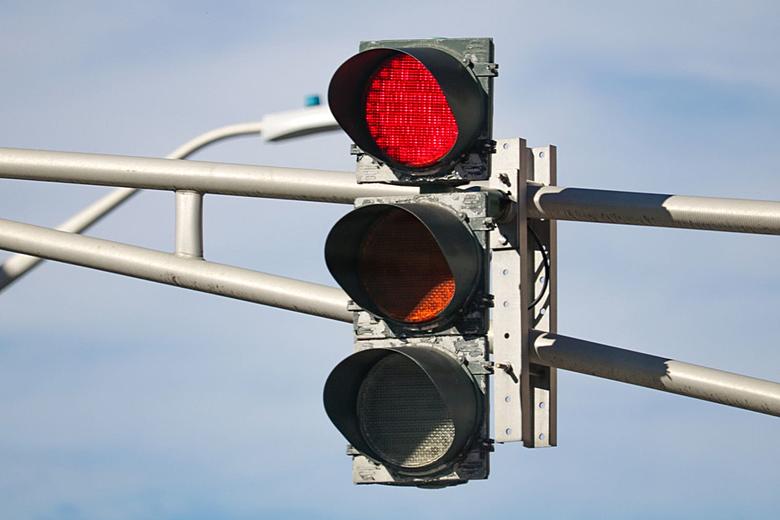As Vermont continues to prioritize road safety and clarity for drivers, it’s important to revisit and understand the rules around making a right turn on a red light. In 2025, Vermont’s traffic regulations maintain established guidelines allowing drivers to make right turns on red under certain conditions, emphasizing safety for all road users including pedestrians and cyclists.
This article breaks down the key points of Vermont’s right turn on red rule, what drivers must keep in mind, and where to find official resources to stay informed.
What Does Vermont Law Say About Right Turn on Red?
According to Vermont Statutes Title 23, Section 1022, drivers in Vermont are permitted to make a right turn at a red light only after coming to a complete stop and ensuring it is safe to do so.
The statute clearly states:
- Drivers must stop fully at the designated stop line or, if no stop line is present, before entering the crosswalk or intersection.
- After stopping, drivers must yield the right-of-way to pedestrians lawfully crossing the street and to any other traffic lawfully using the intersection.
- Turning right on a red arrow is prohibited unless specifically allowed by signage.
In simple terms, the right turn on red is not an automatic right. It is a conditional privilege granted only when no traffic control devices or signs forbid it, and when it is safe to proceed.
The Importance of the Complete Stop
A major factor in this rule is the complete stop. Vermont law is clear that drivers must come to a full stop before turning right on red. This means the vehicle must be fully stationary at a clearly marked stop line. If there isn’t a stop line, the driver must stop before the crosswalk or intersection.
This pause is crucial. It gives drivers the chance to:
- Check for pedestrians in the crosswalk.
- Observe oncoming traffic or vehicles that may have the right-of-way.
- Safely judge whether the right turn can be executed without causing risk.
Failing to stop completely before turning on red can result in citations and fines.
Yielding to Pedestrians and Other Road Users
Pedestrian safety remains a top priority in Vermont. When turning right on red, drivers must yield to pedestrians who are lawfully within the crosswalk. This includes waiting if the pedestrian signal is showing “Walk” or is flashing, indicating people are crossing.
Cyclists, other vehicles, and emergency responders have to be considered as well, especially in busy intersections where traffic patterns can be complex.

Restrictions: When Is Right Turn on Red NOT Allowed?
Certain intersections in Vermont may have specific restrictions against turning right on red. Look for “No Turn on Red” signs, which legally prohibit this maneuver. These signs are often installed in areas with heavy pedestrian traffic, poor visibility, or where turning on red has caused safety issues in the past.
Additionally, turning right on a red arrow signal is generally not allowed unless signage explicitly permits it.
Why These Rules Matter
Adhering to the right turn on red rules is essential to prevent accidents and keep Vermont’s roads safe. Traffic violations related to improper right turns can lead to:
- Fines and monetary penalties.
- Points added to a driver’s license, which can affect insurance rates.
- Increased risk of collisions with pedestrians and other vehicles.
By understanding and following these rules, Vermont drivers contribute to a safer environment for all road users.
Resources for Vermont Drivers
For those seeking more detailed legal language or additional information, the Vermont legislature’s website offers the full statute text here: Vermont Statutes Title 23, Section 1022.
For comprehensive traffic safety guidelines, consult the Vermont Agency of Transportation (VTrans), which provides educational materials and updates: VTrans Traffic Safety.
Nationally recognized traffic safety standards are available through the U.S. Department of Transportation and the National Highway Traffic Safety Administration (NHTSA).
Conclusion
The right turn on red rule in Vermont for 2025 remains straightforward but requires attention to detail. Always come to a full stop, yield to pedestrians and other vehicles, and observe any prohibitive signs before making a right turn on red.
Being aware of these rules not only helps avoid penalties but, more importantly, ensures the safety of everyone sharing the road.
This article has been carefully fact-checked by our editorial team to ensure accuracy and eliminate any misleading information. We are committed to maintaining the highest standards of integrity in our content.

Outside of work, he enjoys playing chess, following cricket, and writing short stories. His commitment to integrity and in-depth analysis strengthens OTE News’ mission of providing trustworthy journalism.




